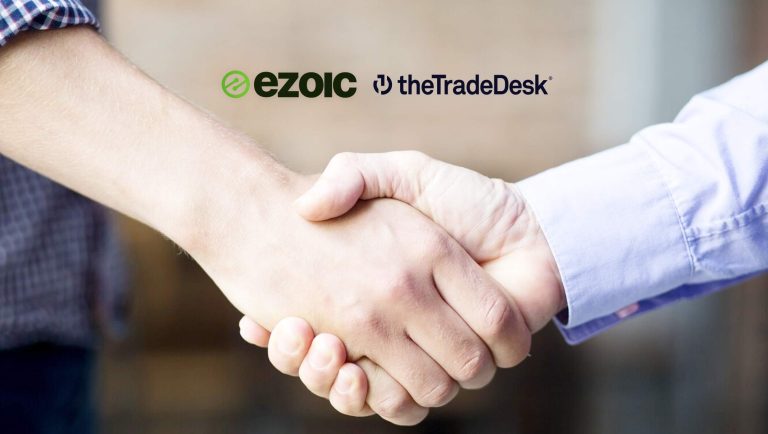NFTs are vigorously stirring the gaming and art domains, but what exactly are they? You are not alone in asking that question. NFTs have been around us for a few years; however, it took CryptoPunks, Bore Ape Yacht CLub, and Beeple to rig this new tech on the modern map. And since then, Mc Donalds, Nike, Disney, Adidas, and several other celebrities have also jumped into this field. So, coming to the question, what does NFT mean? Well, it stands for non-fungible tokens which can be used by people /to register a unique, one-of-a-kind image, video, physical item, or any kind of digital item on the blockchain. It is open to scrutiny and is decentralized.
NFTs are changing how games are played, items are purchased, and how art is acquired. But, the impacts are not limited to this only. Let’s see other areas where NFTs exercise their control. Read on!
The growing impact of NFTs
Non-fungible tokens (NFTs) are unique digital collectibles that have taken the art world by storm in the past few months. They have a unique and distinctive string of code stored on the blockchain, a digital ledger, and their worth undulates on demand. According to the CTO of Dapper Labs, Deiter Shirley, NFTs are the first way that blockchain tech has connected with many people. Dapper Labs is an enterprise accountable for many popular blockchain platforms.
As NFTs deliver the opportunity of making much money on their work, reach a wider audience, and link a digital file to its original creator, thus, ensuring authenticity and sending a frisson of thrill among artists. Furthermore, with the worth of cryptocurrency going through the roof, some people think there has never been a better moment to jump into it.
Marketing Technology News: MarTech Interview with Jared Parker, CEO at Rasgo
Impact of NFTs on the environment
Now, the topic of the impact of NFTs on the environment is and has been a controversial one since their inception. Although NFTs do not bring about any malicious environmental impact, the impact on the climate is associated with how a dNFT is created. The way they are produced is extremely energy-intensive. Most NFTs are minted utilizing the PoW (proof of work) method, which takes up large amounts of electricity. Any crypto-related or another energy-intensive process can aggravate the problem of climate change by increasing the carbon dioxide emissions in the atmosphere. Nonetheless, there are several other environment-friendly ways to create NFTs, such as techniques using Proof of Stake.
Minting NFTs doesn’t need to use a huge amount of energy. You may be thinking about how the mining of NFTs consumes immense energy. This is because miners who have the highest computing power possibly succeed at solving complicated math problems at the greatest speed. This implies that miners need to operate a colossal quantity of computing hardware which ultimately takes up a lot of power. A global network of miners is engaged in the competition to confirm transaction blocks involving NFT transactions, needing every participant to consume much electricity., even if only a single miner is chosen to corroborate each new transaction block.
Each transaction, the Ethereum PoW (Proof of Work), involving each NFT transaction, utilizes over 260 kilowatt-hrs of electric power- which is equal to the leccy consumed in over 9.05 days by an average household in the US.
Tech Companies that are launching NFTs
A former Director of Market Strategy at Salesforce, Mathew Sweezy, said that enterprises would discover more potential in NFTs and thus, find them more appealing as soon as they come out of the novelty. Salesforce, a giant cloud software, is plunging into the NFT domain. Recently, this leader in the customer relationship management software disclosed NFT Cloud, a platform to support businesses and brands to create and sell NFT assets.
Salesforce launched an NFT Cloud, but what does that mean. It is a simple-to-use fundamental step to enter the NFT world and the growing metaverse. It is chiefly designed for consumer brands that want to sell NFTs for access of exclusive nature instead of trading value or art.
Salesforce NFT CLoud, when launched, was a pilot program accessible to limited users.
Marketing Technology News: Consumers Touch Smartphones 2,617 Per Day – How Brands Can Have the Right Mobile Touch to Drive Loyalty






















